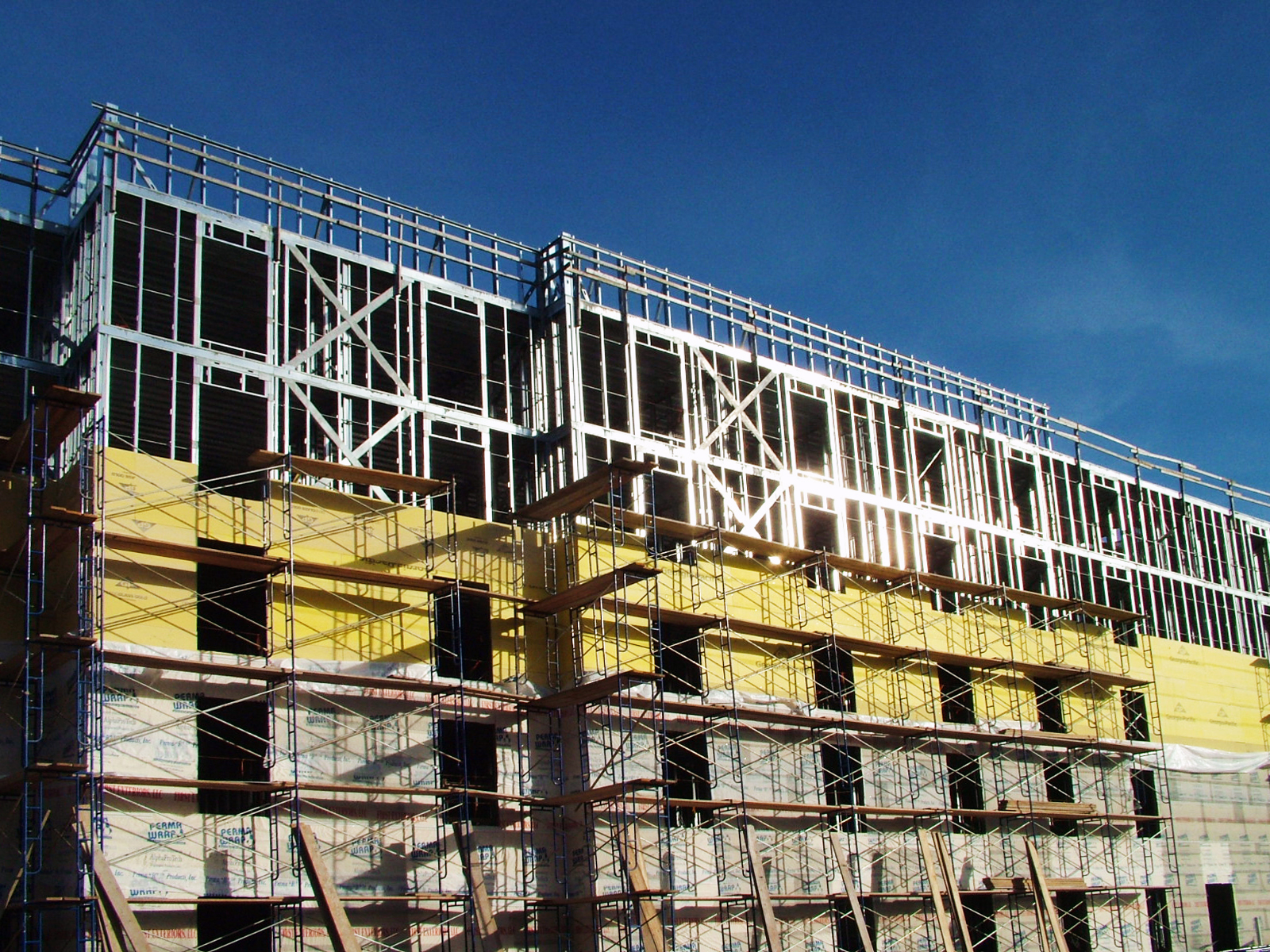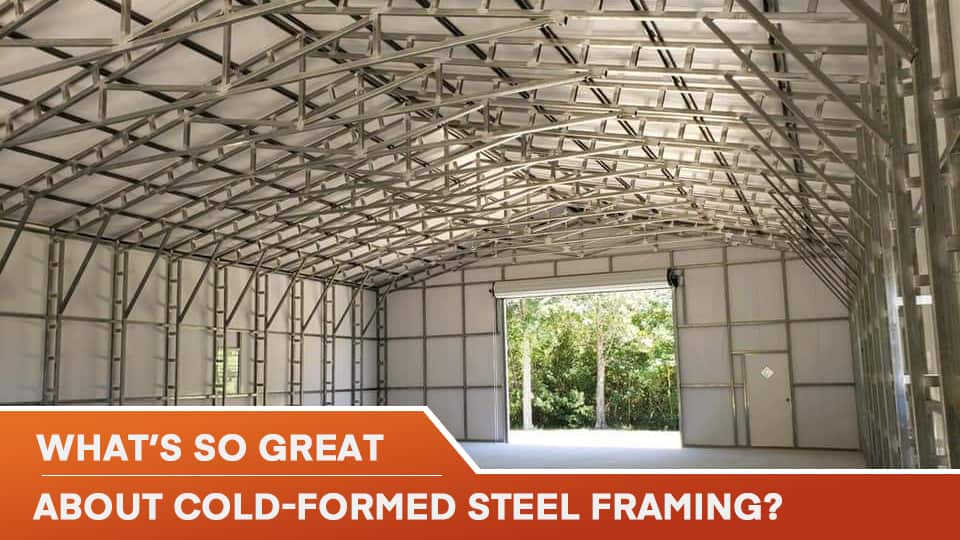


Experts acknowledge that steel can soften and melt with exposure to extremely high temperatures. While recent reports issued by the National Institute of Standards and Technology blame the reduced structural integrity of steel for the collapse of the WTC towers, the jet-fueled fires are to blame.

However, according to the Skokie, IL-based Portland Cement Association (PCA), the performance of any building during an earthquake is largely a function of design rather than the material used in construction. With proper design, engineering, and construction, the seemingly rigid structures built with concrete can exhibit increased ductility - a must in areas prone to seismic activity.
#Nyc cold formed steel framing how to
Popular article: How to Comply with Your Annual Fire Inspection Because of concrete’s inherent heaviness, mass, and strength, buildings constructed with cast-in-place reinforced concrete can resist winds of more than 200 miles per hour and perform well even under the impact of flying debris. Gerosa, president, Concrete Alliance Inc., New York City.Ĭoncrete requires no additional fireproofing treatments to meet stringent fire codes, and performs well during both natural and manmade disasters. Moreover, it can endure very high temperatures from fire for a long time without loss of structural integrity,” says Alfred G. “Cast-in-place reinforced concrete offers outstanding resistance to explosion and/or impact. The building’s core (where elevators, stairs, and power systems are located) will be encased in 2-foot-thick concrete for protection in the event of a fire or terrorist attack. The recent announcement by Ground Zero Developer Larry Silverstein regarding safety measures at the new 7 World Trade Center (WTC) building echoes what the concrete industry has been saying for years: Concrete is safer. As for whether or not one is better, Buildings lets you determine which side you’re on. So, which material reigns supreme in the world of development today - concrete or steel?īoth provide numerous benefits. Today’s cities reveal skies punctuated by buildings so tall and austere, even architectural tour guides experience the occasional pain in the neck. Before modern engineering and the ability to manipulate concrete and steel, the world of architecture consisted of wood, adobe, thatch, and cave dwellings.


 0 kommentar(er)
0 kommentar(er)
